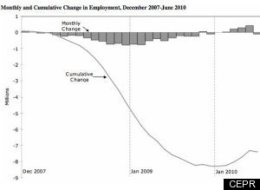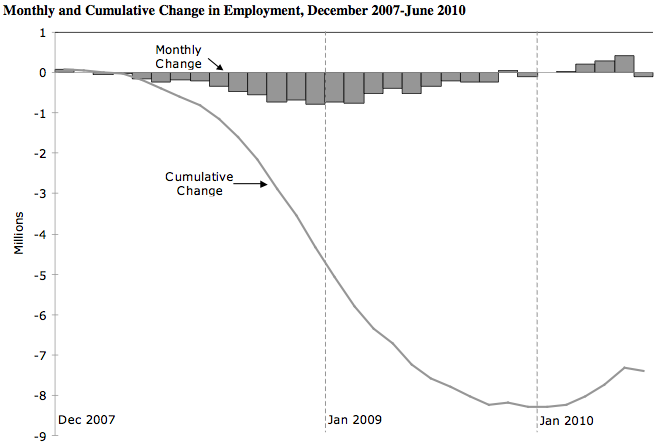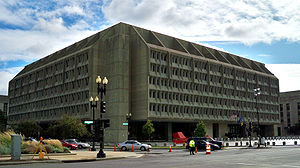This overview of Turkey was prepared by Jessica M. Washington while a Finance student in the College of Business at Southeastern Louisiana University.

Introduction
The English word “Turkish” comes from the ancient Turkish word Türk, and in Turkey, the name of the country is Türkiye. Turkey’s neighbors are Greece and Bulgaria to the west, Russia, Ukraine, and Romania to the north and northwest (through the Black Sea), Georgia, Armenia, Azerbaijan, and Iran to the east, and Syria and Iraq to the south. Turkey in Europe comprises an area about equal to the state of Massachusetts. Turkey in Asia is about the size of Texas. The food that I have chosen to make is Double Coloured Cookies (Iki Renkle Kurabiye), which is very common in this country.
Country Information
· Geographic Facts
Here are three geographic facts about Turkey:
1. Turkey occupies Asia Minor and a small portion of Europe. Its area is 301,382 square miles (814,578 square kilometers).
2. Turkey has 4,454 miles of coastline and its interior consists of mountains, hills, valleys, and a high central plateau.
3. Turkey is at the northeast end of the Mediterranean Sea in southeast Europe and southwest Asia. To the north is the Black Sea and to the west is the Aegean Sea.
· 3 “Serious” Facts
Here are three serious facts about Turkey:
1. The Ottoman Turks first appeared in the early 13th century, subjugating Turkish and Mongol bands pressing against the eastern borders of Byzantium.
2. The annual population increase fell in 1998 after decades of annual growth. The population was estimated at 64,566,511, with 65 percent of the people living in urban areas and 35 percent in some thirty-five thousand villages.
3. The Ottoman Empire (Turks) stretches from the Persian Gulf to western Algeria
· 3 “Fun” Facts
Here are three serious facts about Turkey:
1. The Turks language was influenced by Persian and Arabic after the ninth century, when Turks began moving into the Middle East and converting to Islam.
2. Housing styles in small towns and villages are determined by tradition, family structure, environment, local building materials, and income.
3. The Turkish military effectively controls the country.
· A “Potpourri” Item
Here is an unusual fact (or two or three) about Turkey:
1. In the winter, many Turks eat a breakfast of bread with hot soup. In the warmer seasons, they commonly eat bread and jam, hard- or soft-boiled eggs, a white cheese made from sheep’s milk, salty olives, and warm milk or hot tea with milk.
2. Turkish beverages include tea drunk throughout the day, thick coffee usually taken after a meal, ayran (buttermilk), boza (a fermented bulgur drink taken in the winter), and rakî (an aniseed-flavored brandy usually mixed with water).
3. In Turkey, carbonated drinks have become popular with young people, and beer gardens in major cities have become hangouts for men.
Food Information

· Recipe
o 250 gr butter/margarine, softened at room temperature
o ½ cup canola oil
o 1 cup powdered sugar
o 1 tsp vanilla powder/extract
o 1 cup starch (any kind)
o 1 ½ cup all purpose flour
o 3-4 tbsp cocoa
Combine margarine/butter with powdered sugar and knead with your hands. Stir in canola oil, vanilla and starch. Continue kneading and add flour. You’ll get a soft cookie dough. You do not have to use all the flour if you already got the softness in dough.
Separate the dough into two pieces. Then, add the cocoa in one piece and knead the dough well enough to dissolve cocoa evenly. Flatten both of the dough pieces with roller. Make two pieces of flat and long dough. Then, place them on top of each other and roll them up, so you’ll get a long roll. Cut walnut size pieces from the roll and make ball shapes with your palms. Place them over a greased oven tray leaving some room in between. Store them in the refrigerator for 5-10 minutes. Bake them in a preheated 325-340F (160-170C) oven for about 25 minutes. Take them out before getting pink. Let them cool over a cooling rack and serve.
Source:
http://www.turkishfoodandrecipes.com/2010/01/double-coloured-cookies-iki-renkli.html
· My Kitchen Story
My kitchen experience was very frustrating. The recipe was very simple, but nothing was working out for me. The first time I tried baking the cookies they came out flat and I knew that was not right. After trying to make the second batch I grow aggravated. So I decided to call my sister to come by and helped me with this project. Although the cookies were still a little flat; her batch worked out better than mine. As a result, these double coloured cookies were a difficult task for me, but I’m quite sure the class will enjoy these scrumptious delights.
=======================================================================
Contact Info: To contact the author of “A Taste of Turkey: A Recipe for Iki Renkli Kurabiye,” please email jessica.washington-3@selu.edu
BIOGRAPHY
David C. Wyld (dwyld.kwu@gmail.com) is the Robert Maurin Professor of Management at Southeastern Louisiana University in Hammond, Louisiana. He is a management consultant, researcher/writer, and executive educator. His blog, Wyld About Business, can be viewed at
http://wyld-business.blogspot.com/. He also maintains compilations of his student’s publications regarding book reviews (
http://wyld-about-books.blogspot.com/) and international foods (
http://wyld-about-food.blogspot.com/).
AN INVITATION TO WORK WITH US, TODAY!
If you enjoyed this publication, why not make one of your own with us! Are you a college or university student from anywhere in the world who would be interested in publishing your work in an edited online journal appropriate to your topic? Such a move can help put muscle into your resume and make a great impression on potential employers and graduate schools (and needless to say – and perhaps most importantly in the age in which we live – likely be the first thing that companies/universities view about you when “Googling” you)! If so, we can help you get that first publication for free (and more if you desire)! Visit Wyld Publishing Services (
http://wyldpublishingservice.yolasite.com/) for details. We can work with you to publish your quality essays, research articles/papers, reviews, etc. – and even audio and visual media and PowerPoint presentations – given our network of edited publications and relationship with publishers around the world who want to work with you and your work. Contact us today at dwyld.kwu@gmail.com.
Read more:
A Taste of Turkey: A Recipe for Iki Renkli Kurabiye
++++++++++++++++++++++
 Image by What What via Flickr
Image by What What via Flickr











